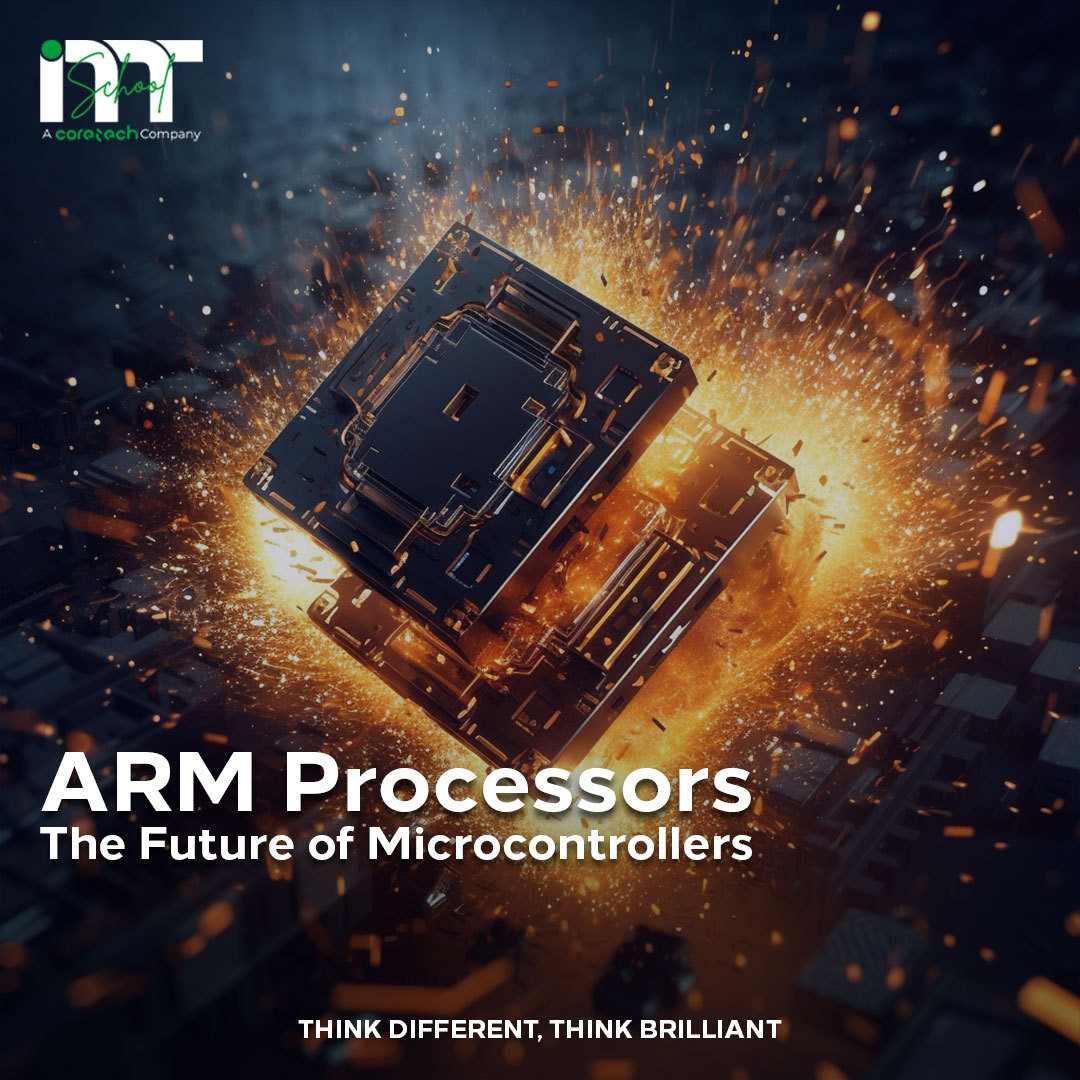
Arm Based Processors
👋 Hello Tech Aficionados! 👩💻👨💻
Today, we're diving into one of the most prominent architectures in the realm of Microcontrollers: ARM-based Processor Architecture. These power-efficient yet potent chips are at the heart of billions of devices around the globe! 🌍💡
ARM, short for Advanced RISC Machine, was developed by ARM Holdings. The architecture's RISC (Reduced Instruction Set Computer) design philosophy aims to execute a smaller number of simple instructions quickly and efficiently, contrasting with Complex Instruction Set Computers (CISC) that execute more complex instructions but at a slower pace.
A typical ARM processor comes with several fascinating features:
1️⃣ Pipeline Architecture: To maximize instruction execution efficiency, ARM processors use a pipeline architecture. Each stage of the pipeline corresponds to a step in the instruction cycle.
2️⃣ Registers: ARM processors generally have a large number of registers (R0 to R15) to store temporary data during execution, reducing the need for slower memory operations.
3️⃣ Modes and Privileges: ARM processors operate in different modes, including User, FIQ, IRQ, Supervisor, Abort, and System, each offering different levels of access and control over system resources.
4️⃣ Instruction Set: ARM offers two instruction sets: ARM and Thumb. The ARM instruction set provides high performance, while the Thumb instruction set provides high code density.
5️⃣ Cores: Modern ARM processors often incorporate multiple cores (Cortex-A, Cortex-R, Cortex-M) each tailored for different application areas, ranging from high-performance applications to real-time and microcontroller use.
To cap it all, ARM's efficiency and flexibility have made it the de facto choice for many applications, from smartphones and tablets to IoT devices and embedded systems.





